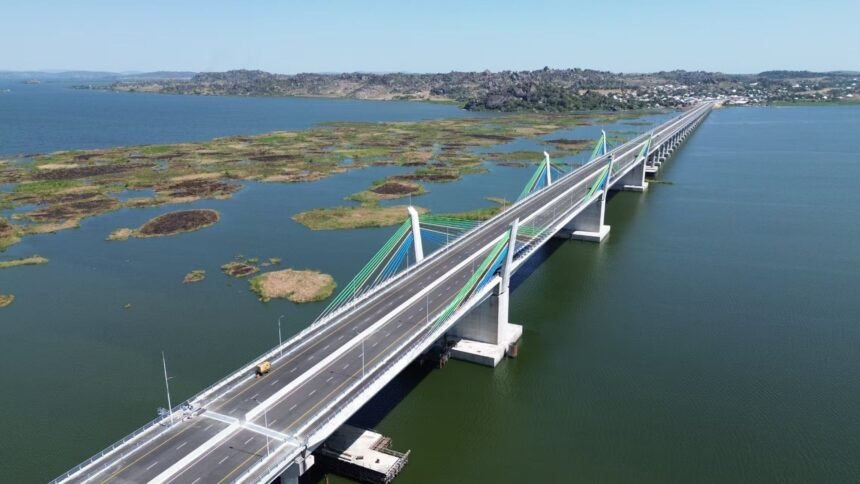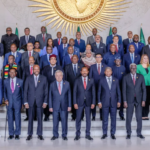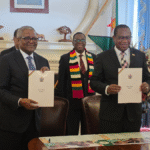President Samia Suluhu Hassan officially inaugurated Tanzania’s monumental JP Magufuli Bridge on 19 June, marking a transformative milestone in East African infrastructure. Spanning 3.2 kilometres, the bridge is now the longest of its kind in East and Central Africa and ranks as the continent’s sixth-longest. Its strategic position over Lake Victoria’s Mwanza Gulf links the Kigongo and Busisi subregions, forming a vital artery along the 90-kilometre Usagara-Sengerema-Geita highway.
The bridge is poised to revolutionise transport efficiency, slashing crossing times from three hours by ferry to a mere three minutes by vehicle. With a design speed of 120 km/h, it is expected to handle up to 12,000 vehicles and 160 tonnes of cargo daily, significantly enhancing trade flows. President Hassan emphasised its role in stimulating the Great Lakes region’s economy, particularly by strengthening Tanzania’s connections with Rwanda, Burundi, Uganda, and the Democratic Republic of Congo (DRC).
Beyond facilitating smoother transit, the infrastructure is projected to boost fish exports by 12% over the next five years while improving access to key mining, agricultural, and tourism hubs. The government has also announced plans to expand the adjoining four-lane road from Mwanza to Busisi, further easing congestion and maximising the bridge’s impact.

Constructed by China Civil Engineering Construction Corporation (CCECC) and China Railway 15 Bureau Group Corporation, the project broke ground in February 2020 and was fully funded by the Tanzanian government at a cost of TZS 718 billion (approximately $266.4 million). The bridge features two 7-metre dual carriageways, dedicated 2.5-metre pedestrian walkways, emergency lanes, and a striking 520-metre cable-stayed central span.
Notably, the development prioritised local participation, employing over 34,800 Tanzanians, including 20,000 skilled workers, and engaging nine local subcontractors and 16 domestic suppliers. Workers gained specialised expertise in cable-stay installation, concrete engineering, welding, and bridge maintenance, fostering long-term technical capacity. Additionally, the Structured Engineers Apprenticeship Programme (SEAP) provided on-site training for university students and young engineers, ensuring sustainable skills development.
Named in honour of the late President John Pombe Magufuli, who passed away in 2021, the bridge stands as a testament to Tanzania’s commitment to progress. Works Minister Abdallah Ulega highlighted its role in integrating strategic transport networks, including the Standard Gauge Railway (SGR) and regional roadways, to enhance investment and economic productivity.
As a toll-free crossing, the JP Magufuli Bridge not only promises safer, faster travel but also symbolises Tanzania’s vision for a more connected and prosperous future, for its people and the wider East African community.










